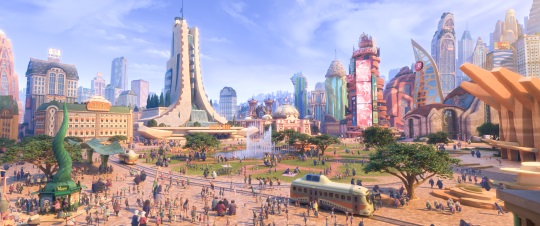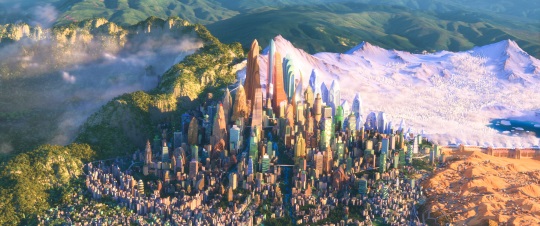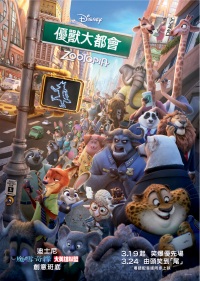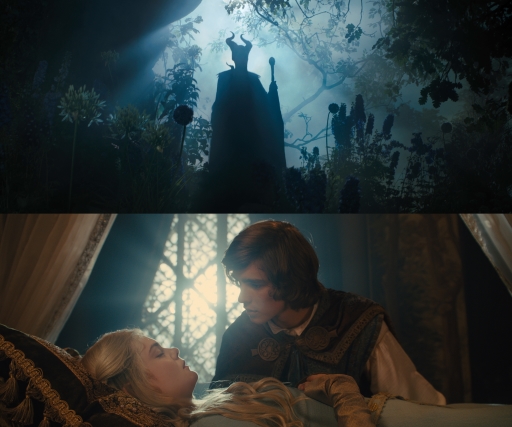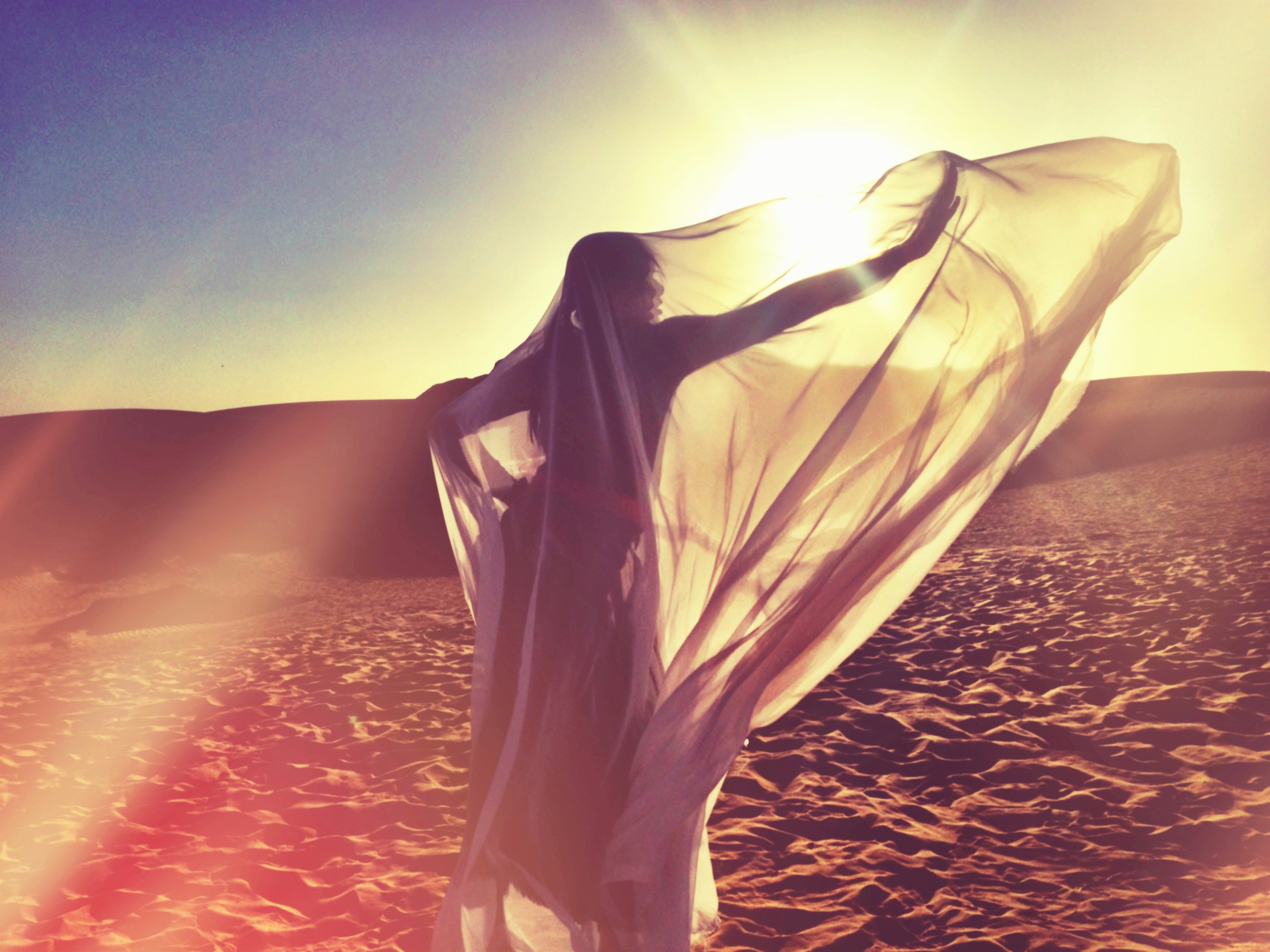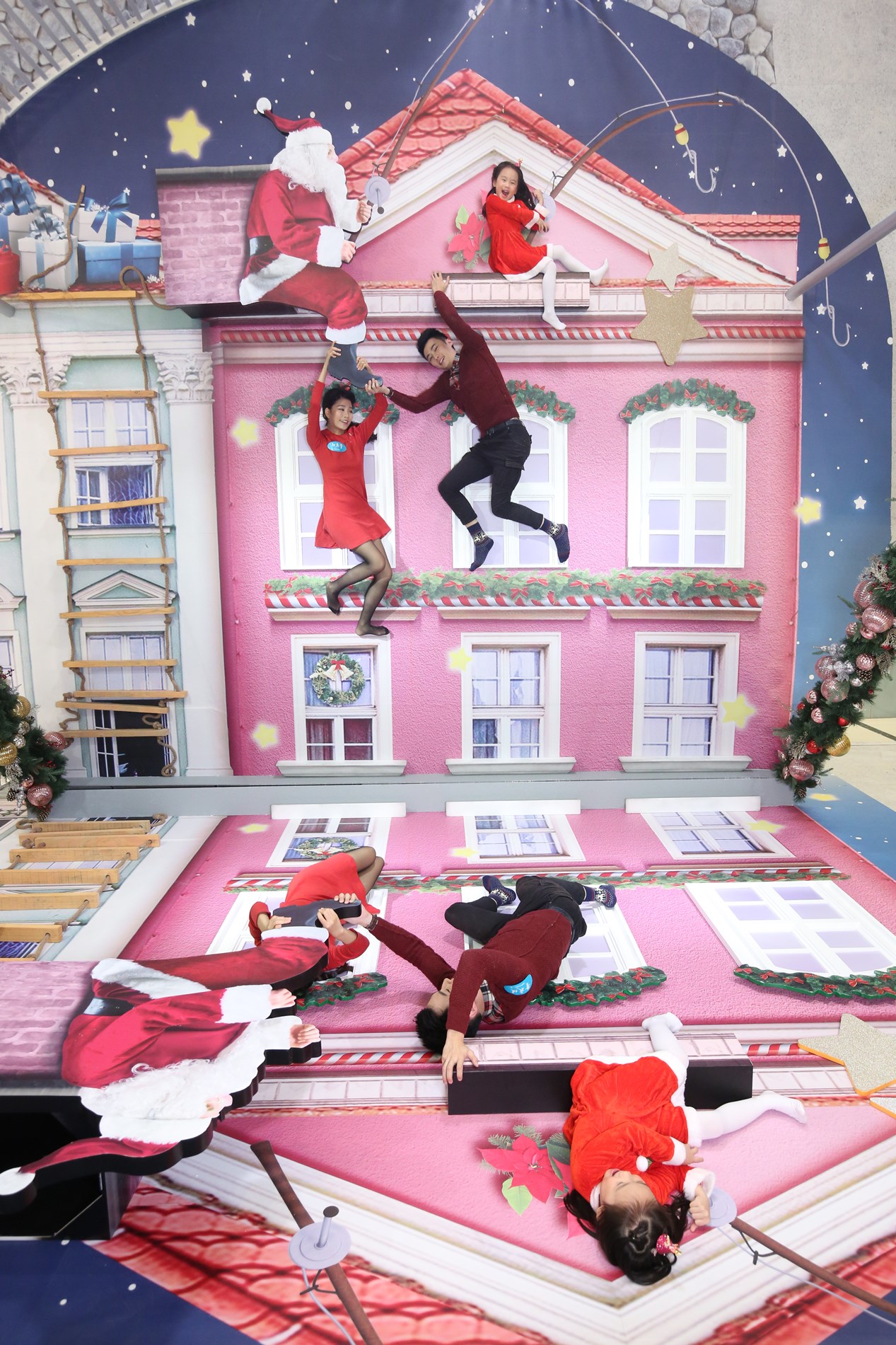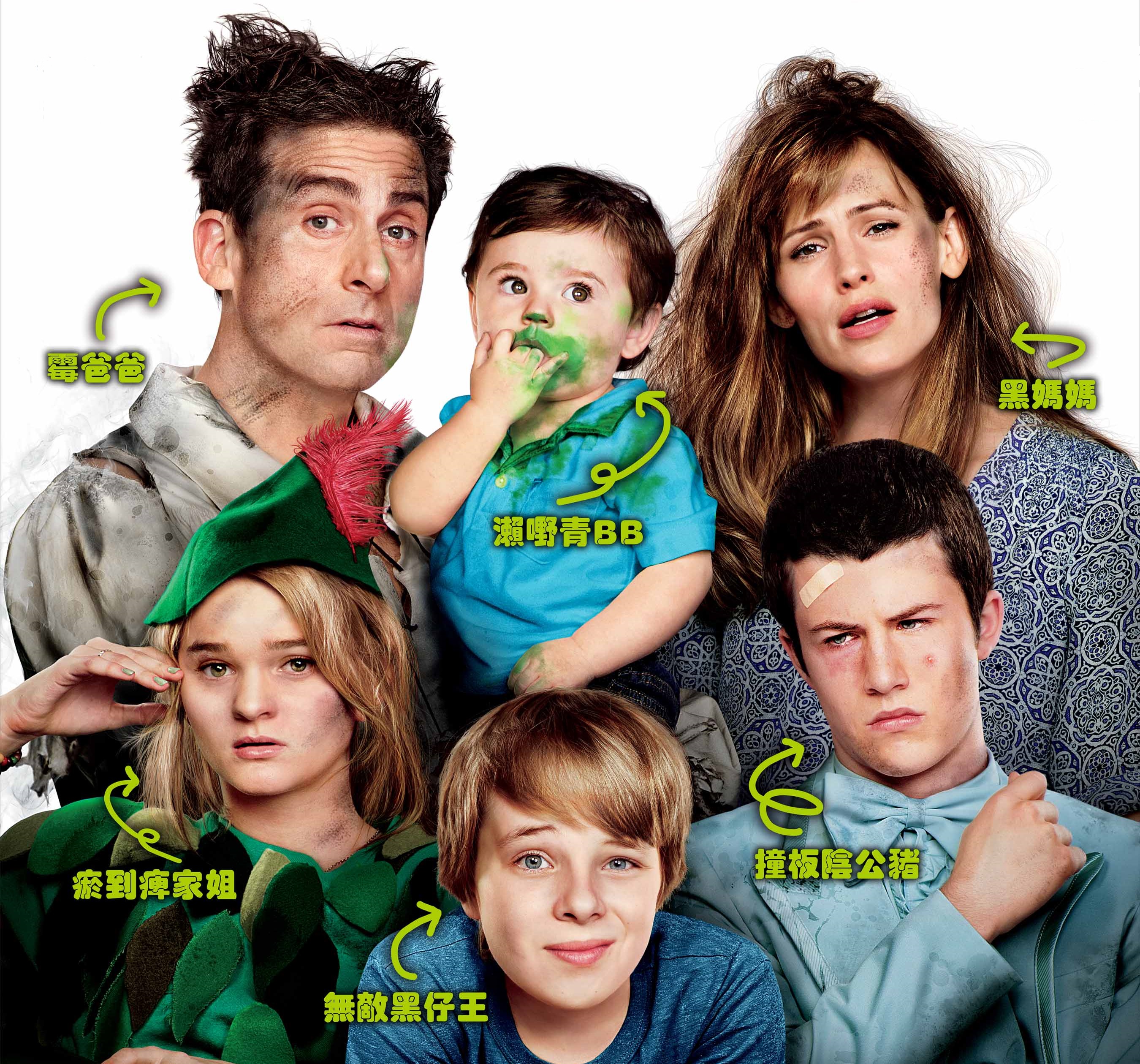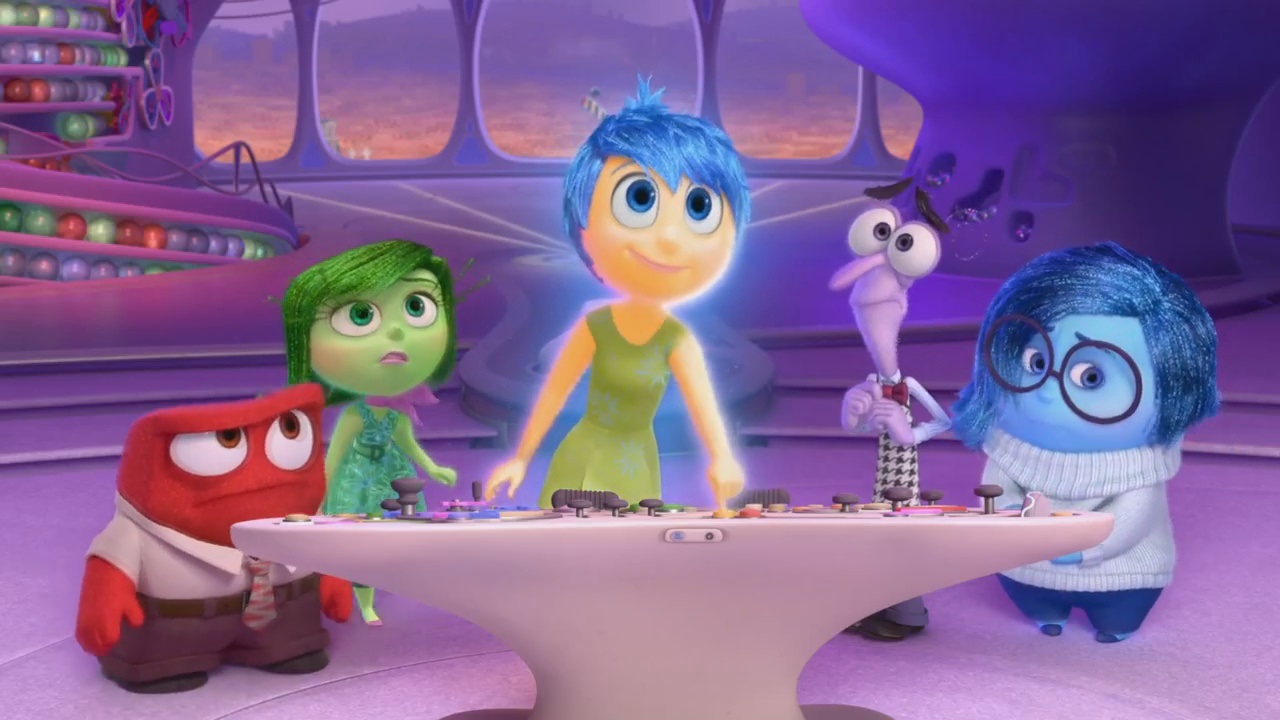Zoopotia Anyone Can Be Anything
In its 92-year history, Walt Disney Animation Studios has created a long and storied legacy of talking-animal films—from Mickey Mouse’s debut short “Steamboat Willie” to “Bambi,” “Dumbo,” “The Jungle Book,” “Robin Hood” and “The Lion King.” WDAS returns to the wild with the feature film “Zootopia.” “We all grew up watching the great Disney animal films—we were immersed in those worlds,” says director Byron Howard. “My favorite childhood film was ‘Robin Hood,’ and we wanted to honor that legacy, but in a new and different way that dives even deeper. We started by asking, ‘What would a mammal metropolis look like if it were designed by animals?’ The idea was incredibly exciting to us.”
A Big Idea Research is the foundation for all of Walt Disney Animation Studios’ films—something executive producer John Lasseter believes is required to create a great story. So when the filmmakers behind “Zootopia” decided to create an all-animal world, they went wild—literally—when it came to research. In addition to their trek to Africa, team members spent time at Disney’s Animal Kingdom and San Diego’s Wild Animal Park; they interviewed several experts and visited the Natural History Museum of Los Angeles County. “We did about 18 months of really solid research into animals,” says director Byron Howard. “We studied how they interact in the wild, how they socialize and how their individual communities are built in the natural world. “We found that the majority of animals—90 percent—are prey,” continues Howard. Only 10 percent are predators. So while they always assumed that predators ruled the animal world, they’re actually the minority. They talked to anthropologists and sociologists and took a look way back through human history—any time you have a majority and minority, social issues arise. They have learned and observed that animals of all kinds tend to stay with animals that look like them; they find refuge and protection within their individual groups and tend to avoid animals that are different. So the research led the filmmakers to a story that deals with stereotypes and bias. According to head of story Josie Trinidad, filmmakers first looked at prey versus predator and how that would affect a community like Zootopia. “Then we leaned into animal stereotypes—elephants never forget, foxes are sly, rabbits are timid—everyone has a stereotype they’re fighting against. That’s something everyone in the audience can appreciate.” Filmmakers strived to strike the right balance in the story. Head of story Jim Reardon says the filmmakers were careful to present the serious themes appropriately.
A Diverse Cast of Animal Characters In a world where humans never existed, “Zootopia” features a diverse cast of animal characters, which were inspired by their real-life counterparts. “Our research led us to cast specific animals in certain roles,” says producer Clark Spencer. They learned that cape buffaloes are tough, relentless—so it made sense to make our chief of police a cape buffalo. We were told that wildebeests are not very bright, so we realized we could use them for comedy. According to Cory Loftis, who serves as the art director-characters, artists began by revisiting the classic Disney films. “[Director] Byron [Howard] is a huge fan of the 2D films like ‘Robin Hood,’ which is considered by many as the definitive animal animation. They had to find a way to take what Byron loves about those characters and put them into a 3D world with real fur and animal characteristics. It was tough to balance that stylized character that reflects those 2D sensibilities with what audiences expect from a 3D film. Head of characters and technical animation Dave Komorowski says that filmmakers had fun playing with audience expectations. The characters of Zootopia are all playing their parts, behaving as the world expects them to behave. The big cape buffalo is the police chief, the lion is the mayor, the fox is a con artist. It only takes one bunny from Bunnyburrow to question the status quo and turn what is expected of them on its head. “I think the audience will be surprised by the robustness of the world,” continues Komorowski. There are characters from all parts of the world and all different shapes and sizes in Zootopia. They worked really hard to make it a world that you can get lost in, looking at all the details and uniqueness. Komorowski hope the audience enjoys the richness and diversity of these characters.
Building A City To Judy Hopps, Zootopia is a place where dreams come true. Judy’s always looked at Zootopia as this glimmering city where she can be anything—where she can make a difference, but it’s a long way from Bunnyburrow. As ideas for “Zootopia” took shape, filmmakers realized that the elaborate world they imagined had legs—of all shapes and sizes. They have tiny shrews living among rhinos and elephants. The production team wanted to be true to the real scale of the animals—something rarely done in animated animals films. So their world has to accommodate animals of all sizes in a clear and creative way. The team of artists, technicians and storytellers came together to build a multifaceted city that features tiny transport systems within larger ones, and a network of interlaced tubes, ramps, escalators and entryways big and small. The city is home to animals of not only varying sizes, but also varying needs. “Zootopia is made up of many different environmental districts,” says director Byron Howard. “Each district is designed for a specific type of animal—the look, the climate, everything reflects the habitat the animals need to thrive. And by bringing all these environments, all these different kinds of animals together in one big melting pot of a city—we create opportunities and relationships between animals that wouldn’t otherwise be possible.” According to production designer David Goetz, filmmakers had to think like animals to design the city. The trick with Zootopia is that it’s a world built by the animals who live there—not by humans. They used really organic shapes that feel different than what we might expect. Given the same technology and know-how that we humans have, how would a camel design Sahara Square? What would a polar bear put in Tundratown? They also added elements that people would recognize to make it feel metropolitan and relatable. Inspired by cities like New York and London, artists blended traditional cityscapes with global influences and animal infusions. For example, Tundratown sports onion-shaped domes in a nod to Russian architecture, and the Zootopia train station features an interior tropical garden inspired by Madrid’s Atocha train station, but with horn-shaped towers. With a Southern California-like central climate, Zootopia features artificial climate zones to accommodate the variety of inhabitants. Extensive research provided the logic behind placing opposing climates in adjoining neighborhoods. Says Goetz, “We asked, ‘How do you put a tundra and a desert next to each other?’ Well, the answer is rather simple. You build a massive air conditioning wall that separates the two environments. Just like our own air conditioners, one side blows out cold air, cooling Tundratown, while the other side blows out hot air to heat Sahara Square.”
Have You Herd? Award-winning composer Michael Giacchino marks his first-ever feature collaboration with Walt Disney Animation Studios for “Zootopia.” Featuring an 80-piece orchestra and conductor Tim Simonec, Giacchino’s score reflects the diversity of the world. According to the composer, the score is very diverse instrumentally. “There are flavors of world music sprinkled in everywhere. But at its core, the score always follows the emotional story of Hopps and Nick.” Giacchino’s credits feature some of the most popular and acclaimed film projects in recent history, including Disney•Pixar’s “Inside Out,” “The Incredibles” and “Ratatouille,” as well as “Jurassic World,” “Mission Impossible: Ghost Protocol” and “The Dawn of the Planet of the Apes.” His score for Disney•Pixar’s 2009 feature “Up” earned him an Oscar®, a Golden Globe®, the BAFTA®, the Broadcast Film Critics’ Choice Award and two Grammy® Awards.
Synopsis The modern mammal metropolis of Zootopia is a city like no other. Comprised of habitat neighborhoods like ritzy Sahara Square and frigid Tundratown, it’s a melting pot where animals from every environment live together—a place where no matter what you are, from the biggest elephant to the smallest shrew, you can be anything. But when rookie Officer Judy Hopps (voice of Ginnifer Goodwin) arrives, she discovers that being the first bunny on a police force of big, tough animals isn’t so easy. Determined to prove herself, she jumps at the opportunity to crack a case, even if it means partnering with a fast-talking, scam-artist fox, Nick Wilde (voice of Jason Bateman), to solve the mystery. Walt Disney Animation Studios’ “Zootopia,” a comedy-adventure directed by Byron Howard (“Tangled,” “Bolt”) and Rich Moore (“Wreck-It Ralph,” “The Simpsons”) and co-directed by Jared Bush (“Penn Zero: Part-Time Hero”), opens in theaters on March 4, 2016. Officer Judy Hopps (voice of Ginnifer Goodwin), the very first bunny on Zootopia’s police force, jumps at the opportunity to crack her first case—even if it means partnering with fast-talking, scam-artist fox Nick Wilde (voice of Jason Bateman) to solve the mystery.
Zootopia Directors: Byron Howard, Rich Moore Co-Director: Jared Bush Producer: Clark Spencer Voice Cast: Ginnifer Goodwin, Jason Bateman, Shakira, Idris Elba, J.K. Simmons, Nate Torrence, Jenny Slate, Tommy Chong, Octavia Spencer, Bonnie Hunt, Don Lake, Alan Tudyk, Tommy “Tiny” Lister, Raymond Persi, Katie Lowes, Jesse Corti, John DiMaggio Composer: Michael Giacchino Genre: Animated Comedy/Adventure Rating: I Running Time: 109 mins
|
|





